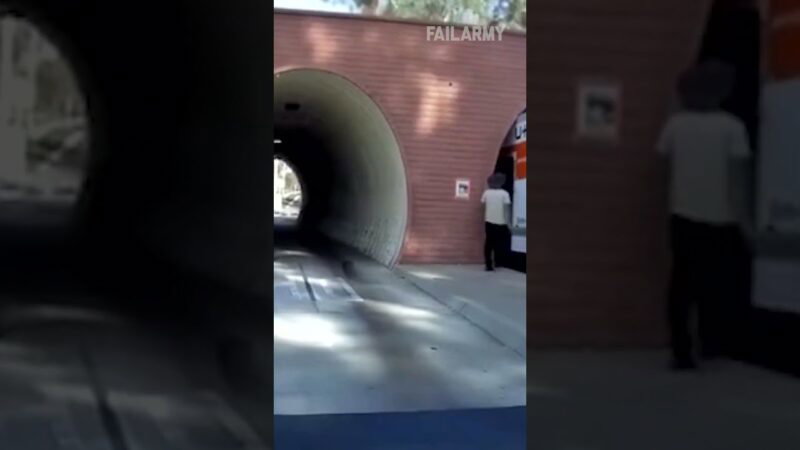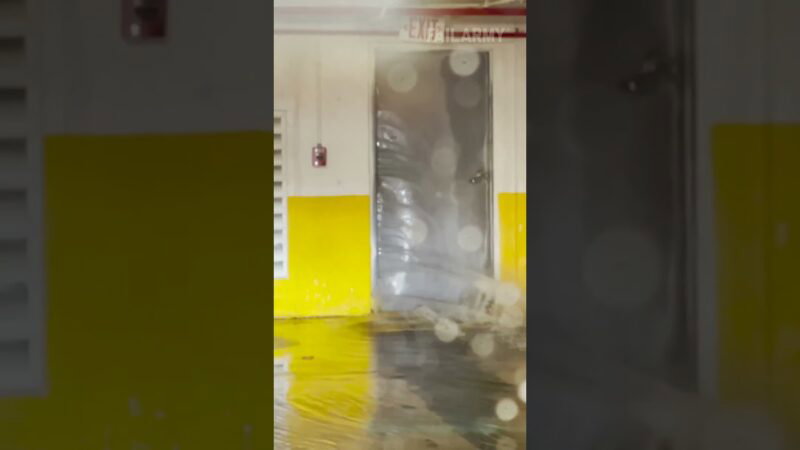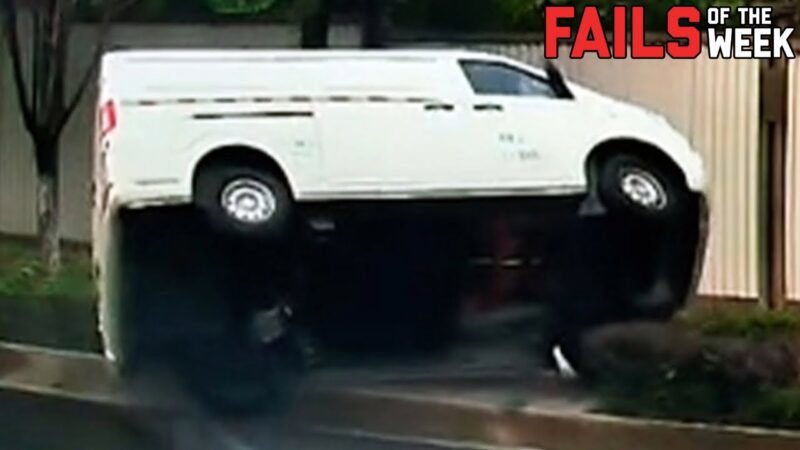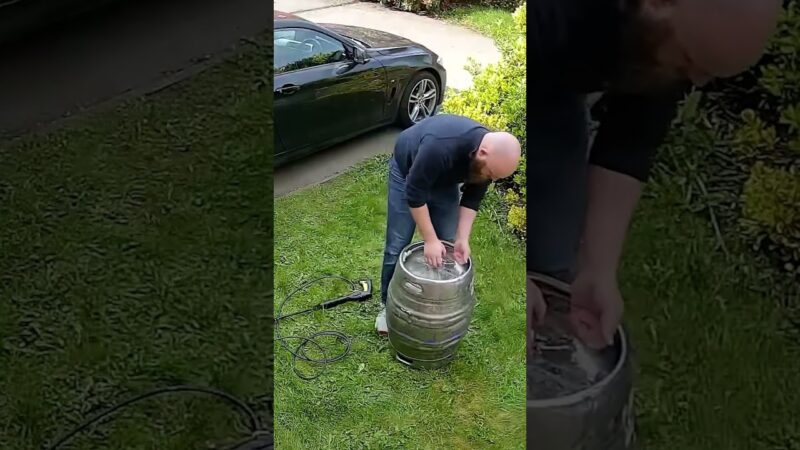Reviews
User Score
Rate This
Descriptions:
5 monster deer harvests
5 monster deer harvests | Adventure Hunting Moose Fishing Roe Deer Outfitters & OutdoorsHere is a compilation of the harvests of five large male white-tailed deer. Their plumes are most impressive, and most hunters wouldn’t have enough time in their lives to see such beautiful ones!
Safety considerations when setting up a deer hunting blind
When you’re out in the woods, there are many threats and risks, from falls to injuries caused by weapons fire; being outdoors can certainly be dangerous, and caches are no exception.Installing a cache is certainly a remarkable way of stay undetectable and have some cover, but just like your games, other hunters won’t be able to see you, so you might accidentally find yourself in someone else’s line of fire.On the other hand, there are specific risks associated with using a blind that you need to be aware of, in order to act correctly and minimize the risk of injury. Here are a few tips to help you and your hunting companions stay safe when using a blind.
1. Pay attention to deer weather conditions
A cache is susceptible to damage from adverse weather conditions, for example, it may collapse due to a heavy snowstorm or be struck by a fallen tree branch due to strong wind.To minimize this type of risk, try to install your awning in a zone where the natural elements offer some protection; this may include a natural cave, a sturdy fallen tree (make sure it’s stable before installing your blind) and any other solid element that could act as a shield for your blind.It’s also recommended before installing your blind. Look for loose branches, dead trees or anything else that could fall on your head while you’re on the lookout.
2. Don’t forget the natural hazards of the deer region
You may be setting up your blind near a small stream, but do you know whether that stream is capable of flooding the area in the event of heavy rain? The same applies to landslides, so be aware of the dangers of the terrain and stay away.
3. Keep an open escape route for deer
Whatever the weather, flood, landslide or even predator attack, always keep an escape route open and close by. So avoid installing your sight near a cliff, a deep river or any other place where you could be trapped in an emergency. animals can become dangerous and aggressive if your shot isn’t able to kill them immediately, so make sure you have an escape route in case you’re attacked.
4. Plan B deer
You may have thought of an evacuation route, but the conditions You may be attacked by an animal that can run faster than you can, so keep a plan B in mind for such situations. tree In fact, it could save your life in the event of critical danger, such as an attack by a group of wild boars.5. Make sure other hunters know where your cache is: you want to remain undetected by your game, but other hunters might accidentally shoot at your position, especially if you’re in their line of fire, behind their own game.To avoid this danger, make sure other hunters are aware of the blind. To do this, place an orange vest over the top of your cache, or even a piece of orange cloth in a visible place, to inform other hunters of the presence of your cache, while remaining invisible to the animals. An explanation of why orange vests are not a camouflage problem is available by clicking here.6. Install The last thing you want is to have fall Another thing to keep in mind is the area where you will be entering and exiting the blind; try keep it free of obstacles and as flat as possible, especially if you’re hunting in the dark, otherwise there’s a good chance of tripping.7. Be extremely careful when entering and exiting an elevated blind, as this is when most accidents occur. Maybe because you missed a step or because of wet and slippery conditions. The worst non-injury hunting accidents were caused by So, when you enter and leave the house When exiting your cache, do so slowly and carefully, be aware of obstacles and try to have some sort of handrail (natural or artificial) to hold onto in case you lose your balance. At night, the wet environment can turn into a tiny layer of very slippery ice, so be careful and avoid falls. blind is too high or if you are using a tree stand, the best option is to tie yourself to a safety line when going up and down; moreover, if you are using a tree stand, make sure you stay attached at all times as long as your feet do not touch the ground. blinds are not without risk, there are many safety issues to keep in mind when using an awning, but if you use common sense and follow basic safety rules, you won’t have to worry.SOURCE: ghilliesuitshop / https://www.ghilliesuitshop.com/blogs/ghillie-suit-shop-blog/security-considerations-when-setting-up-a-hunting-blind




























